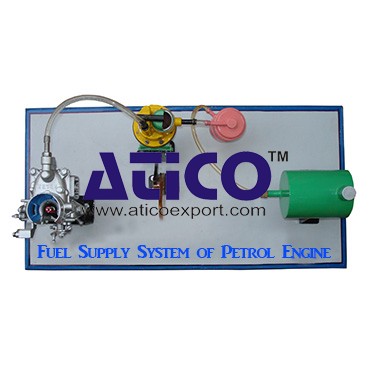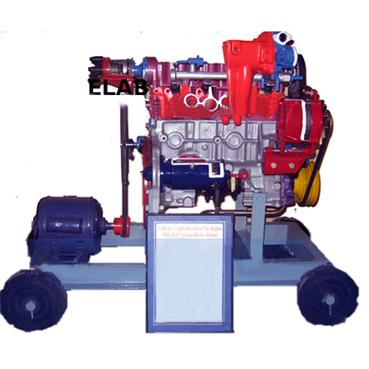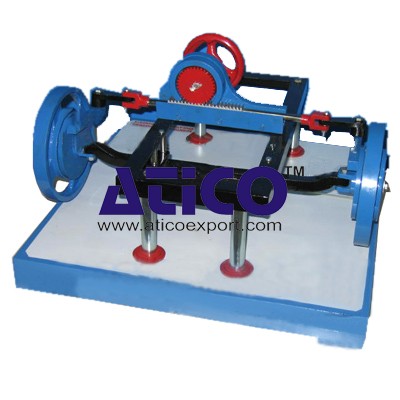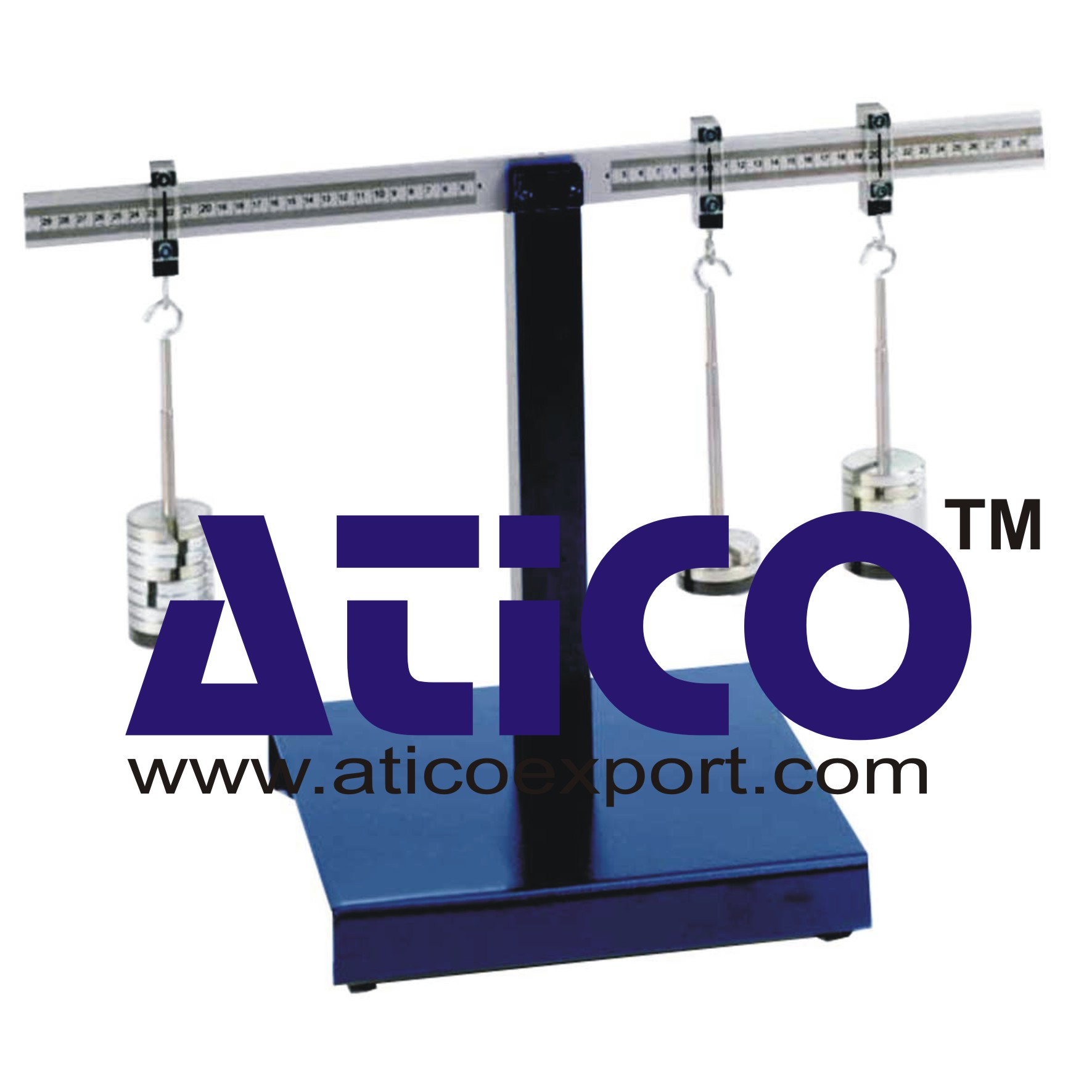Pipe Friction for Laminar or Turbulent Flow
Categories: Engineering Lab EquipmentDuring flow through pipes, pressure losses occur due to internal friction and friction between the fluid and the wall. When calculating pressure losses, we need to know the friction factor, a dimensio...
Product
Description
During flow through pipes, pressure losses occur due to internal friction and friction between the fluid and the wall. When calculating pressure losses, we need to know the friction factor, a dimensionless number. The friction factor is determined with the aid of the Reynolds number, which describes the ratio of inertia forces to friction forces.
It enables the study of the relationship between pressure loss due to fluid friction and velocity in the pipe flow. Additionally, the pipe friction factor is determined.
The experimental unit includes a small diameter pipe section in which the laminar and turbulent flow is generated. The Reynolds number and the pipe friction factor are determined from the flow rate and pressure loss. In turbulent flow, the pipe is supplied directly from the water supply. The constant pressure at the water supply required for laminar flow is provided by a standpipe on the overflow. Valves can be used to adjust the flow rate.
Learning Objectives/Experiments
Measurements of the pressure loss in laminar flow
Measurements of the pressure loss in turbulent flow
Determining the critical Reynolds number
Determining the pipe friction factor
Comparing the actual pipe friction factor with the theoretical friction factor
Specification
Investigation of the pipe friction in laminar or turbulent flow
Transparent tank with overflow ensures constant water inlet pressure in the pipe section for experiments with laminar flow
Flow rate adjustment via valves
Twin tube manometers for measurements in laminar flow
Dial-gauge manometer for measurements in turbulent flow
Flow rate determined by Base module for experiments in fluid mechanics base module
Water supply using Base module for experiments in fluid mechanics base module or via laboratory supply
Technical data
Pipe section
length: 400mm
Ø, inner: 3mm
Tank: approx. 2L
Measuring ranges
differential pressure:
2x 370mmWC
1x 0…0,4bar
Dimensions and weight
LxWxH: 850x680x930mm
Weight: approx. 23kg
quick overview :
During flow through pipes, pressure losses occur due to internal friction and friction between the fluid and the wall. When calculating pressure losses, we need to know the friction factor, a dimensionless number. The friction factor is determined with the aid of the Reynolds number, which describes the ratio of inertia forces to friction forces.
It enables the study of the relationship between pressure loss due to fluid friction and velocity in the pipe flow. Additionally, the pipe friction factor is determined.
The experimental unit includes a small diameter pipe section in which the laminar and turbulent flow is generated. The Reynolds number and the pipe friction factor are determined from the flow rate and pressure loss. In turbulent flow, the pipe is supplied directly from the water supply. The constant pressure at the water supply required for laminar flow is provided by a standpipe on the overflow. Valves can be used to adjust the flow rate.
Learning Objectives/Experiments
Measurements of the pressure loss in laminar flow
Measurements of the pressure loss in turbulent flow
Determining the critical Reynolds number
Determining the pipe friction factor
Comparing the actual pipe friction factor with the theoretical friction factor
Specification
Investigation of the pipe friction in laminar or turbulent flow
Transparent tank with overflow ensures constant water inlet pressure in the pipe section for experiments with laminar flow
Flow rate adjustment via valves
Twin tube manometers for measurements in laminar flow
Dial-gauge manometer for measurements in turbulent flow
Flow rate determined by Base module for experiments in fluid mechanics base module
Water supply using Base module for experiments in fluid mechanics base module or via laboratory supply
Technical data
Pipe section
length: 400mm
Ø, inner: 3mm
Tank: approx. 2L
Measuring ranges
differential pressure:
2x 370mmWC
1x 0…0,4bar
Dimensions and weight
LxWxH: 850x680x930mm
Weight: approx. 23kg
Product
Reviews
add Review
reviews
No Review Yet.
Copyrights © 2025 All Rights Reserved by Atico














Product
Reviews
add Review
reviews
No Review Yet.